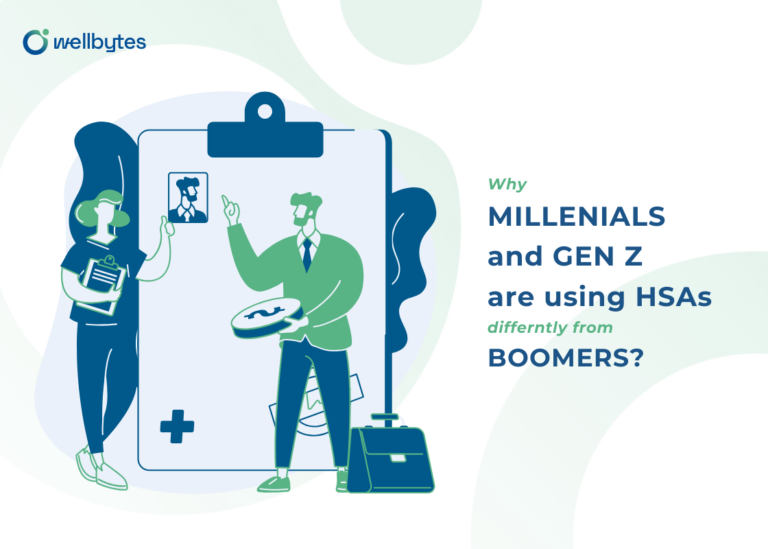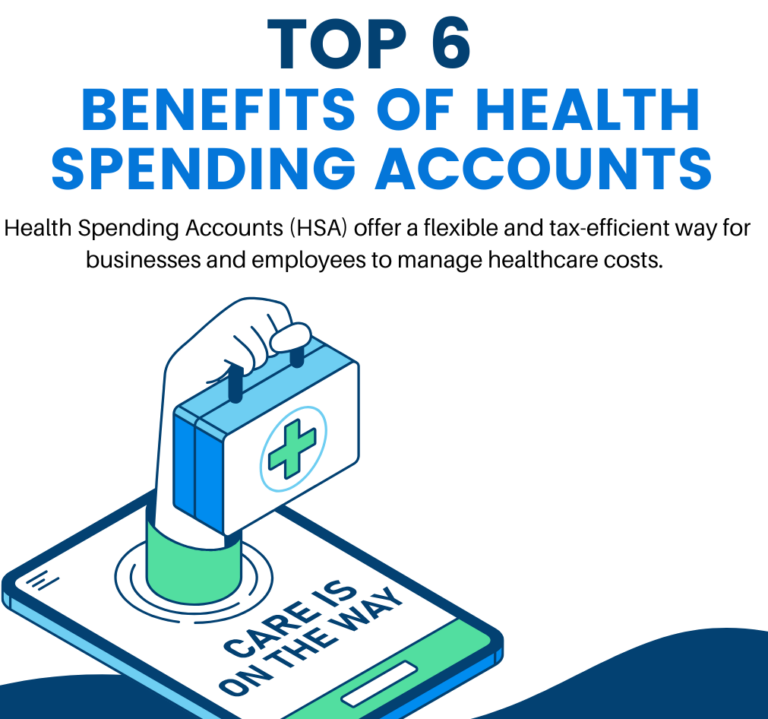Library
We are on a mission to empower businesses of all sizes by simplifying the process. Our mission is to provide a platform that understands the intricacies of business operations, offering not just coverage but a partner in risk management.
Need help navigating our mobile app? Check out the walkthrough video below.
Searching by Title
- 6 Mins
The truth is that burnout is climbing steadily, and organizations that fail to prioritize employee stress management are paying the price in lost talent,...
- 4 Mins
While boomers traditionally viewed HSAs as a supplementary retirement savings tool, millennials and Gen Z are using HSAs with a completely different mindset.
- 4 Mins
Many assume Canada's healthcare is entirely free. However, out-of-pocket costs can add up. So, is Canada's healthcare free? Not entirely.
- 3 Mins
An employee class is a category of employees which is used to group employees based on job-related criteria, such as job titles or departments, pay scale, or branch in corporate hierarchy. When it comes to benefits, they may also be used to offer different coverage.
- 2 Mins
Imagine an employee benefits plan as a seesaw, with benefits on one end and employees on the other. If employees use too many benefits, the balance tips unfavorably. But if they don’t have enough coverage, they struggle to stay healthy.
- 3 Mins
A Health Spending Account (HSA) is a perk for employees that provides compensation for various health and dental costs, typically covering expenses beyond those included in a conventional, fully insured plan with Extended Health Care (EHC) coverage.
- 4 Mins
Think of a Spending Account like a bank account. It’s an account full of money, the amount being determined by the employer, for employees to spend on eligible expenses. The amounts reset with each new benefit year, and the dollar amount can be accessible to employees on an annual, semi-annual, quarterly, or monthly basis.
- 3 Mins
A Personal Spending Account is a taxable allowance designated for employees to receive additional wellbeing options beyond the traditional health and dental plan. Employees often place a lot of value on the perks provided through a PSA. These employee benefit plans are often referred to as Flexible Spending Accounts or Wellness Spending Accounts (WSAs) in Canada.











